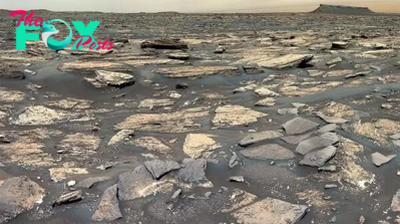Science
April 8 total solar eclipse: Everything you need to know
On Monday, April 8, a total solar eclipse will plunge parts of 15 U.S. states into sudden darkness as the moon's enormous shadow sweeps across the continent.
Crossing northeast from Mexico to Canada over the course of several hours, the April 8 total solar eclipse will be visible to an estimated 44 million people who live in the path of totality — the path of the moon's shadow, and the only place where the total phase of the eclipse will be visible — while a partial eclipse will be visible across nearly the entire U.S.
Here's everything you need to know about solar eclipses, and how to safely view the spectacular celestial event on April 8 safely.
What is a total solar eclipse?
A total solar eclipse occurs when the moon passes directly between Earth and the sun. From our perspective, the moon appears to block the sun's entire face, projecting its vast shadow onto our planet. While the moon gets between Earth and the sun every month during its new moon phase, it takes a precise combination of factors for this to result in a solar eclipse.
Where to see the April 8 total solar eclipse
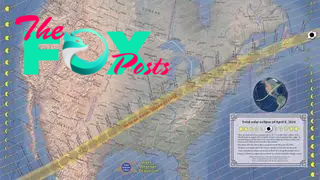
The total eclipse will only be visible along the 115-mile-wide (185 kilometers), 10,000-mile-long (16,000 km) path of totality. The path begins in Sinaloa, Mexico, crosses 15 U.S. states, then passes through the Canadian provinces of Ontario, Quebec, New Brunswick, Nova Scotia, Prince Edward Island and Newfoundland before leaving the continent.
The U.S. states where totality will be visible are Texas, Oklahoma, Arkansas, Missouri, Kentucky, Tennessee, Illinois, Indiana, Ohio, Michigan, Pennsylvania, New York, Vermont, New Hampshire and Maine — although Tennessee and Michigan will only be glanced by the moon's shadow.
Only in these states will the total phase of the eclipse be visible; and even in these states, you will need to be within the path of totality to see the total eclipse. The closer you can get to the center of the path of totality, and the further southwest you are, the longer totality will be visible for, with a maximum duration of 4 minutes, 27 seconds in Torreón, Mexico. For more information on the length and time of totality in various cities, check out the Great American Eclipse website.
-
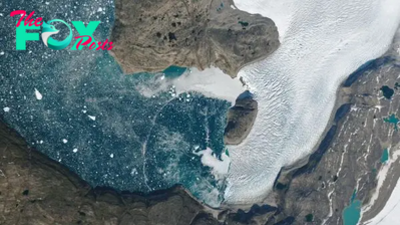
 Science21h ago
Science21h agoEarth from space: Mysterious wave ripples across 'galaxy' of icebergs in Arctic fjord
-

 Science1d ago
Science1d ago'We're meeting people where they are': Graphic novels can help boost diversity in STEM, says MIT's Ritu Raman
-
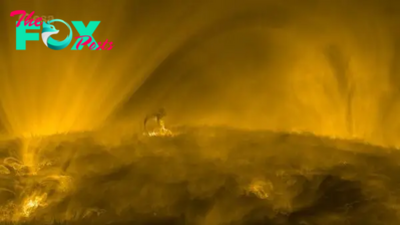
 Science1d ago
Science1d agoSpace photo of the week: A planet-size explosion rocks the sun's 'mossy' corona
-

 Science2d ago
Science2d agoChina launches Chang'e 6 sample-return mission to moon's far side
-

 Science3d ago
Science3d agoWe Still Don’t Fully Understand Time
-
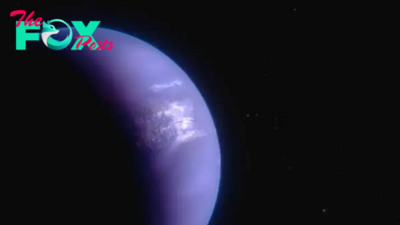
 Science3d ago
Science3d agoJames Webb telescope spots wind blowing faster than a bullet on '2-faced planet' with eternal night
-
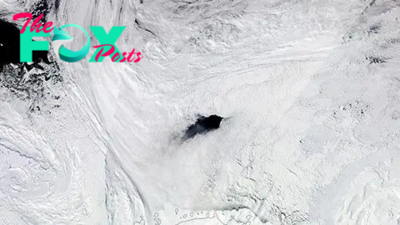
 Science3d ago
Science3d agoAntarctic ice hole the size of Switzerland keeps cracking open. Now scientists finally know why.
-
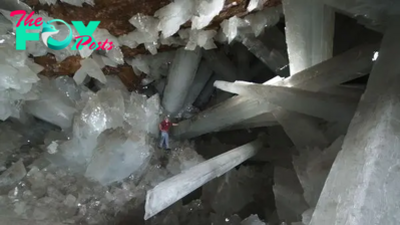
 Science3d ago
Science3d agoCave of Crystals: The deadly cavern in Mexico dubbed 'the Sistine Chapel of crystals'




